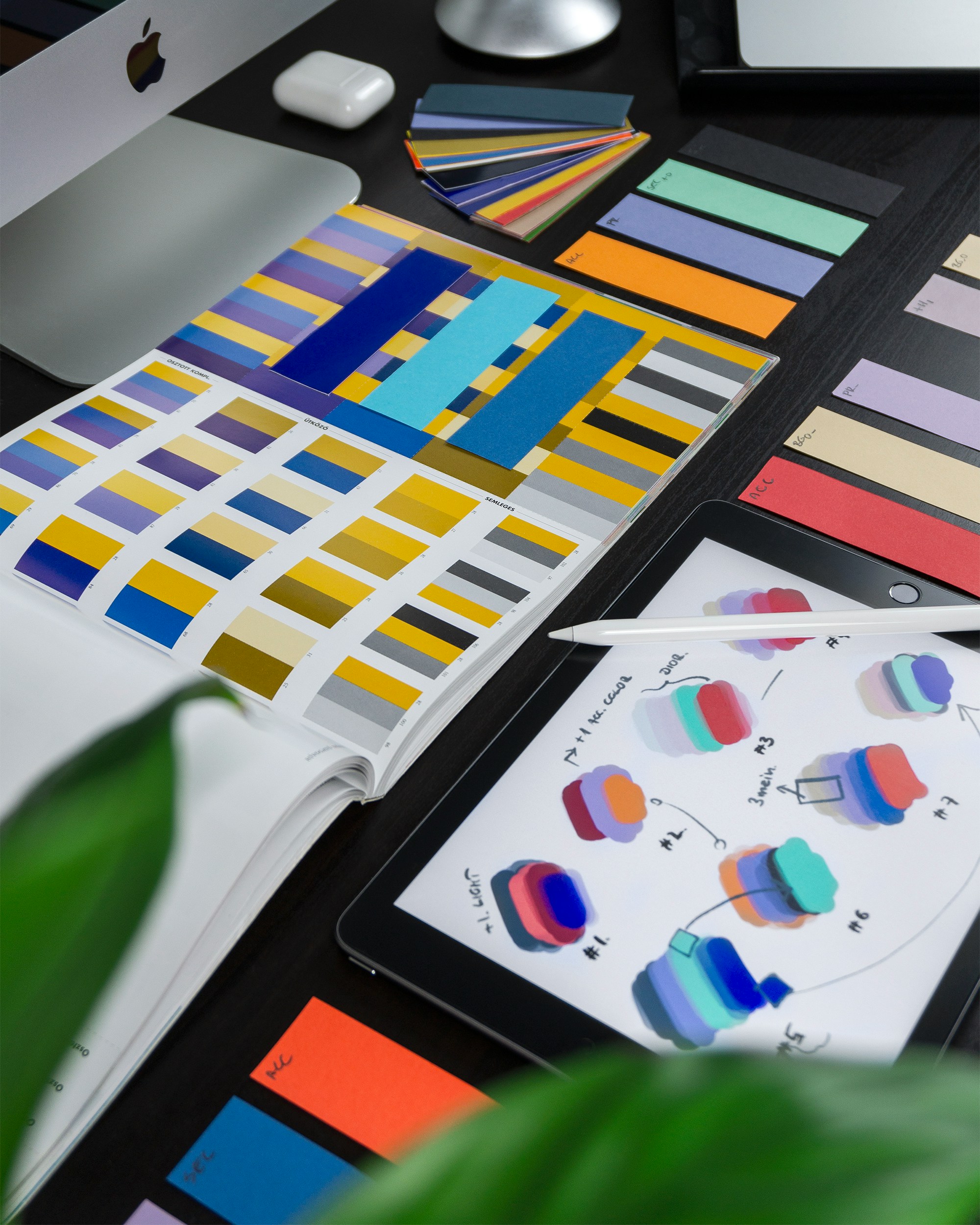Edited:
May 29, 2025
Read time:
7 mins at 200 wpm
TL;DR
Ensure your brand is consistent across all platforms by using a clear style guide, organizing marketing assets, and evolving your identity thoughtfully. This builds trust, recognition, and loyalty with your audience.
Sparked your interest? Read on.
Introduction
Imagine meeting someone who acts completely differently every time you see them. One day they’re professional, the next they’re casual, the next they ghost you entirely. You’d probably stop trusting them - and definitely stop doing business with them. That’s exactly what happens when your brand isn’t consistent.
Let’s break down why consistency matters - and how to build it into everything you do.
What is brand consistency?
Brand consistency means delivering your message, personality, and experience in a unified way - across all platforms, touchpoints, and timeframes.
That includes:
Your visual identity (logos, colors, typography);
Your tone of voice and messaging;
Your customer experience and brand values.
When done right, your audience knows exactly what to expect from you. Over time, that repetition makes your brand easier to recognize—and easier to trust.
Why consistency matters
1. It Builds awareness and recognition
The more often people experience your brand in a consistent way, the more familiar—and memorable - it becomes. Familiarity breeds recognition. And recognition builds trust.
It’s not just about slapping a logo everywhere. It’s about using your brand elements strategically and consistently - so your audience starts recognizing you on sight, no matter the channel. Your visuals, tone, and messaging should all feel like they belong to the same “person.”
2. It builds trust and loyalty
When you show up the same way across emails, websites, packaging, and social media, you become reliable. People know what to expect - and that predictability creates trust.
Think about Coca-Cola. No one wonders what a Coke will taste like. It’s consistent across countries, ads, and experiences. That’s not by accident - it’s consistency.
3. It shapes perception
You can’t control what people think about your brand - but you can influence it. By repeating your core message, values, and visuals, you steer how people perceive your business. You build a reputation for keeping your promises and staying true to what you stand for. Consistency = credibility.
Where to be consistent
There are 3 key areas where consistency matters most:
Customer experience: Every touchpoint should feel intentional. Delight users, solve problems, and be responsive every time.
Values: What you say should always align with what you do. Consistency builds integrity.
Brand identity elements: From your logo to your tone of voice, make sure your brand feels the same everywhere - on your website, in your packaging, on social media, and beyond.
How to build and maintain brand consistency
You don’t need to micromanage every detail. Just put a few smart systems in place.
1. Use a brand style guide
Your brand guidelines should outline how to communicate - both visually and verbally. It covers everything from logos and colors to tone of voice and content formatting.
Make it easy to access and update. The more your team refers to it, the more consistent your brand will be.
2. Organize your marketing assets
Use cloud-based tools to store your logos, templates, images, fonts, and content guidelines. This ensures everyone has access to the latest and correct assets - no more outdated visuals floating around.
3. Rebrand with caution
Sometimes you’ll need to evolve your brand - but do it intentionally. If your current brand identity is already well-known, keep a few familiar elements to ease the transition. Your audience should feel the change without losing trust in the brand behind it.
Final thoughts
Brand consistency isn’t just about aesthetics - it’s about building familiarity, trust, and reputation over time. By showing up the same way across all touchpoints, you make your brand more recognizable, more memorable, and more reliable. That’s what builds loyal customers - and a lasting brand.
